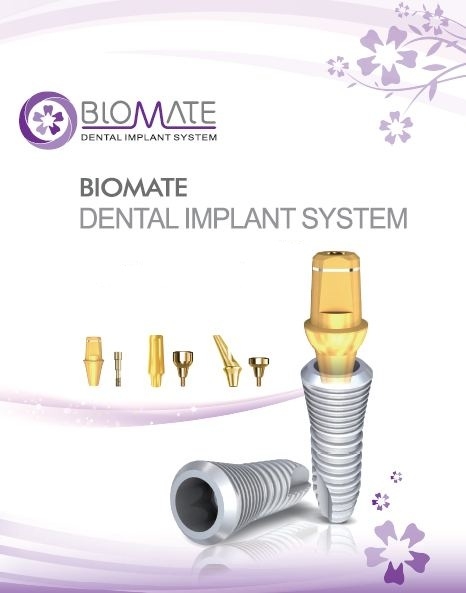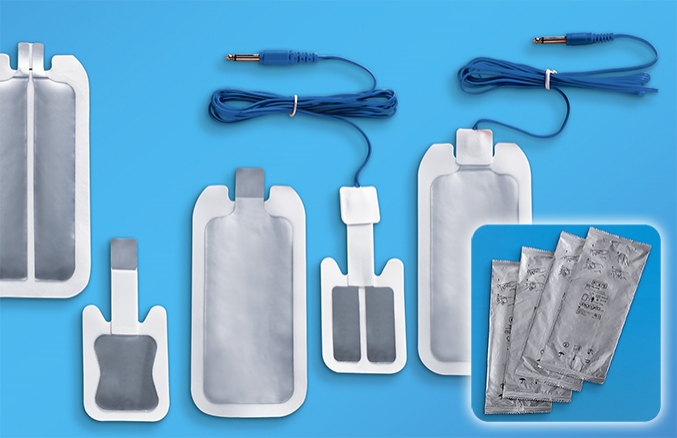It is any dental work that improves the appearance (though not necessarily the function) of a person's teeth, gums and/or bite. Many dentists refer to themselves as "cosmetic dentists" regardless of their specific education, specialty, training, and experience in this field. This has been considered unethical with a predominant objective of marketing to patients.
Examples
1- Dental bleaching, also known as tooth whitening, is a common procedure in general dentistry. According to theFDA, whitening restores natural tooth color and bleaching whitens beyond the natural color. There are many methods available, such as brushing, bleaching strips, bleaching pen, bleaching gel, and laser bleaching. Teeth whitening has become the most requested procedure in cosmetic dentistry today.
Bleaching methods use carbamide peroxide which reacts with water to form hydrogen peroxide. Carbamide peroxide has about a third of the strength of hydrogen peroxide. This means that a 15% solution of carbamide peroxide is the rough equivalent of a 5% solution of hydrogen peroxide. The peroxide oxidizing agent penetrates the porosities in the rod-like crystal structure of enamel and breaks down stain deposits in the dentin. Power bleaching uses light to accelerate the process of bleaching in a dental office. Another bleaching agent is 6-phthalimido peroxyhexanoic acid (PAP).
Tooth bleaching is not a modern invention. Ancient Romans, for example, used urine and goat milk in an attempt to make and keep their teeth whiter
Methods
* In-office * Light-accelerated bleaching
* Criticism * Internal bleaching
* At-home * Natural methods
Read morehttp://en.wikipedia.org/wiki/Tooth_bleaching
Risks
Side effects of teeth bleaching include, but are not limited to:
· Chemical burns from gel bleaching (if a high-concentration oxidizing agent contacts unprotected tissues, which may bleach or discolor mucous membranes), sensitive teeth
· Overbleaching known in the profession as "bleached effect", particularly with the intensive treatments (products that provide a large change in tooth colour over a very short treatment period, e.g., 1 hour)
· Pain for "sensitive teeth" caused by open dentinal tubules.
· Risk of increased hot/cold sensitivity.
· Risk of bleachorexia (an unhealthy obsession with whitening one's teeth)
2- Tooth Reshaping
By removing parts of the enamel to improve the appearance of the tooth. It may be used to correct a small chip, or to alter the length, shape or position of teeth; it can be used to correct crooked or excessively long teeth. The removed enamel is irreplaceable, and may sometimes expose dentin. It is also known as enameloplasty, odontoplasty, contouring, recontouring, slenderizing, stripping or sculpting] This procedure offers fast results and can even be a substitute for braces under certain circumstances.
3- Dental bonding
A dental procedure in which a dentist applies a tooth-colored resin material (a durable plastic material) and cures it with visible, blue light. This ultimately "bonds" the material to the tooth and improves the overall appearance of teeth.
ooth bonding techniques have various clinical applications including operative dentistry and preventive dentistry as well as cosmetic and pediatric dentistry, prosthodontics, and orthodontics.
4- Bridge :
A bridge is a fixed dental restoration (a fixed dental prosthesis) used to replace a missing tooth (or several teeth) by joining an artificial tooth permanently to adjacent teeth or dental implants.
Types of bridges may vary, depending upon how they are fabricated and the way they anchor to the adjacent teeth. Conventionally, bridges are made using the indirect method of restoration. However, bridges can be fabricated directly in the mouth using such materials as composite resin.
5- Veneer :
In dentistry, a veneer is a layer of material placed over a tooth, either to improve the aesthetics of a tooth or to protect the tooth's surface from damage. There are two main types of material used to fabricate a veneer: composite and dental porcelain. A composite veneer may be directly placed (built-up in the mouth), or indirectly fabricated by a dental technician in a dental laboratory, and later bonded to the tooth, typically using a resin cement such as Panavia. In contrast, a porcelain veneer may only be indirectly fabricated. Full veneer crown is described as “A restoration that covers all the coronal tooth surfaces (Mesial, Distal, Facial, Lingual and Occlusal)”. Laminate veneer in other hand is a thin layer that covers only the surface of thetooth and generally used for aesthetic proposes
6- Gum lift:
A cosmetic dental procedure that raises and sculpts the gum line. This procedure involves reshaping the tissue and/or underlying bones to create the appearance of longer or symmetrical teeth, thereby making the smile more aesthetically pleasing. This procedure is typically done to reduce excessively gummy smiles or to balance out an asymmetrical gum line. The procedure, also known as crown-lengthening, has historically been used to treat gum disease. It is only within the past three to five years that dentists have commonly used this procedure for aesthetic purposes. The practice of cosmetic gum lifts was first developed in the late 1980s, but there were few oral surgeons and dental practitioners available to perform the procedures. Gum lifts can also include bone shaping to reduce the prominence of the upper jaw and even out the tooth and gum ratio. This method provides permanent results, while simple gum contouring may result in relapse or regrowth of the gingiva.
Copyright 2015 - Ronaj




